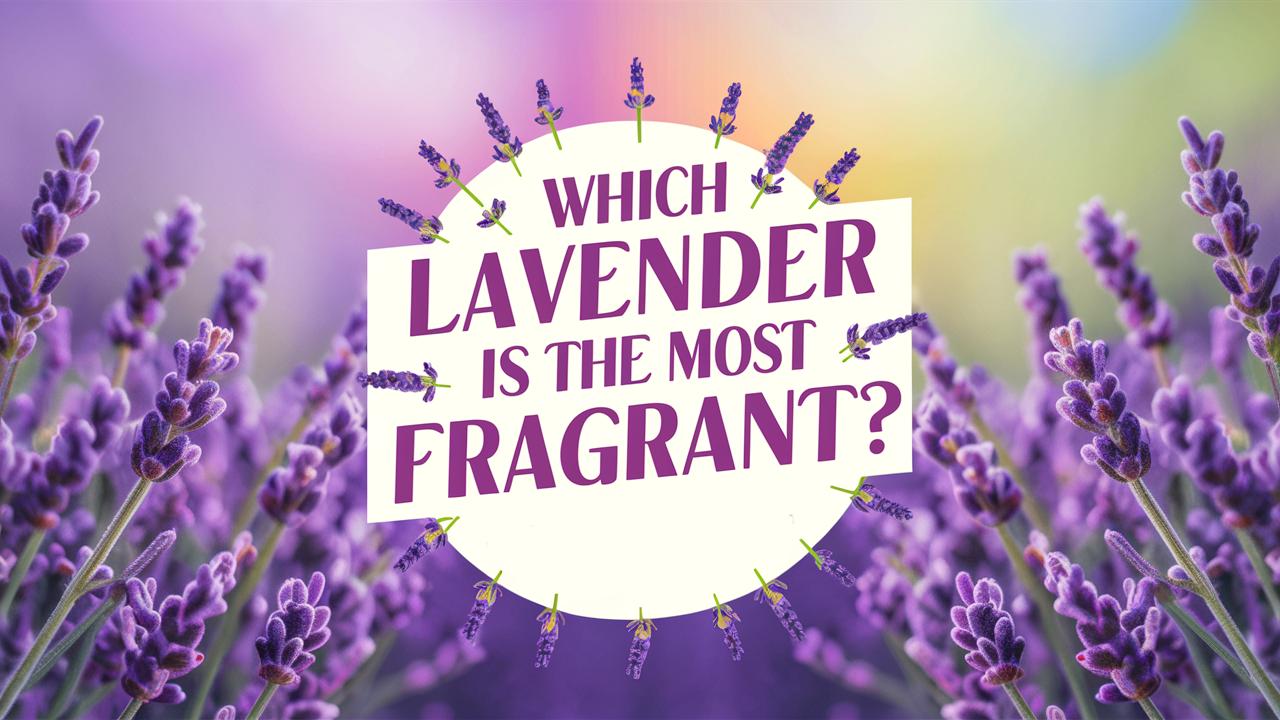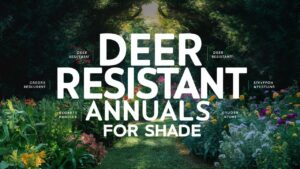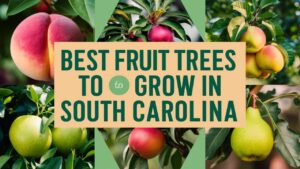In this detailed guide, we’ll explore the various types of lavender, their aromatic profiles, growing conditions, and their uses, ultimately helping you discover which lavender variety is the most fragrant.
The Top Fragrant Lavender Varieties
When it comes to fragrance, there are several lavender varieties that stand out. Let’s explore the most fragrant types, diving into their unique characteristics and uses.
English Lavender (Lavandula angustifolia)
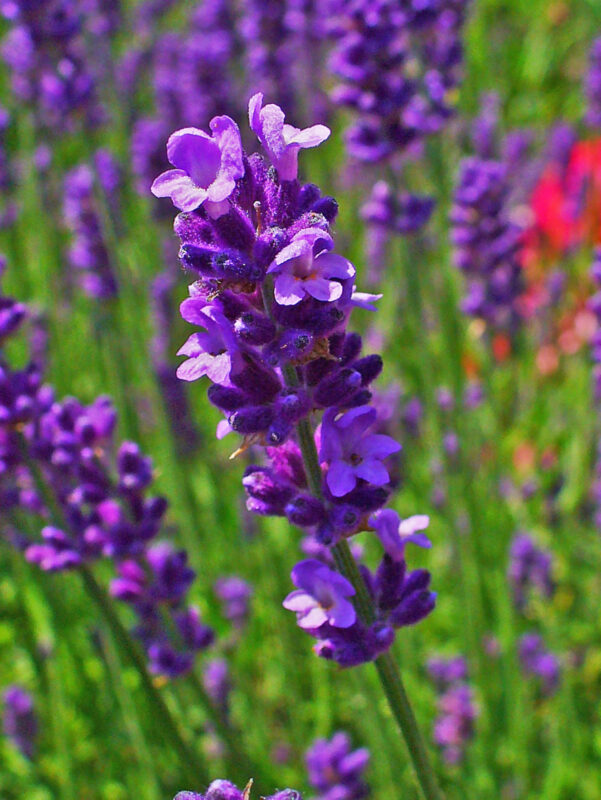
English Lavender, often referred to as Lavandula angustifolia, is one of the most popular and fragrant lavender species. This variety is known for its sweet, floral aroma, making it a favorite choice for essential oil production.
Characteristics:
Height: Typically grows about 1 to 3 feet tall.
Flower Color: Pale purple to deep violet flowers.
Fragrance Profile: Sweet, floral, and slightly herbal.
Uses:
English Lavender is widely used in perfumes, sachets, and potpourri due to its intense fragrance. It is also a choice ingredient in culinary applications, enhancing dishes with its aromatic flavor. The essential oil derived from this type is considered to have calming properties and is often used in aromatherapy.
Cultivation:
This species thrives in well-drained sandy or gravelly soils and prefers full sun. It’s hardy in USDA zones 5-9, making it suitable for various climates, provided the winters are not too severe.
French Lavender (Lavandula dentata)
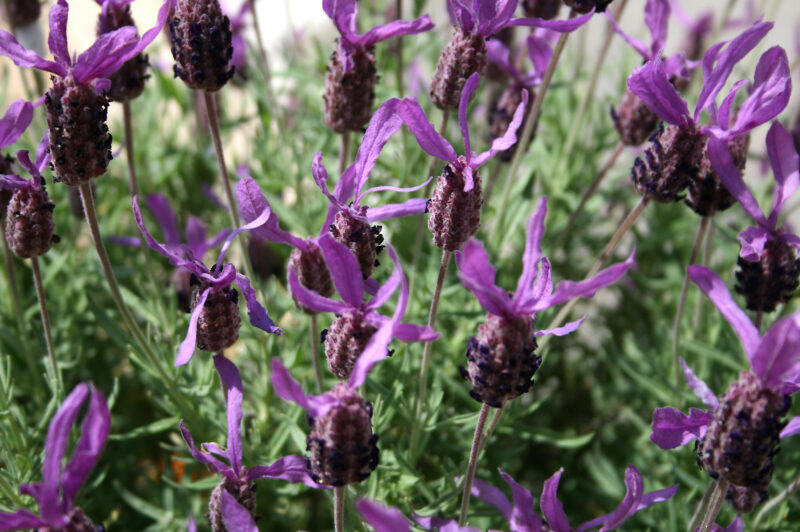
French Lavender, or Lavandula dentata, is another variety noted for its unique fragrance. Its scent is distinctively sweet and herbaceous, with a slightly pungent undertone that provides a refreshing twist.
Characteristics:
Height: Can grow up to 3 feet tall.
Flower Color: Flowers range from bright lavender to deep purple, often featuring unique frilly leaves.
Fragrance Profile: Sweet and herbaceous with a refreshing note.
Uses:
French Lavender is popular in the production of lavender-infused soaps and lotions. Its strong fragrance is excellent for creating relaxing environments, making it a popular choice for aromatic products and sachets.
Cultivation:
This species prefers warmer climates and is often found in Mediterranean regions. French Lavender is not as frost-resistant as English Lavender, thriving well in USDA zones 8-10 with plenty of sunshine.
Spanish Lavender (Lavandula stoechas)
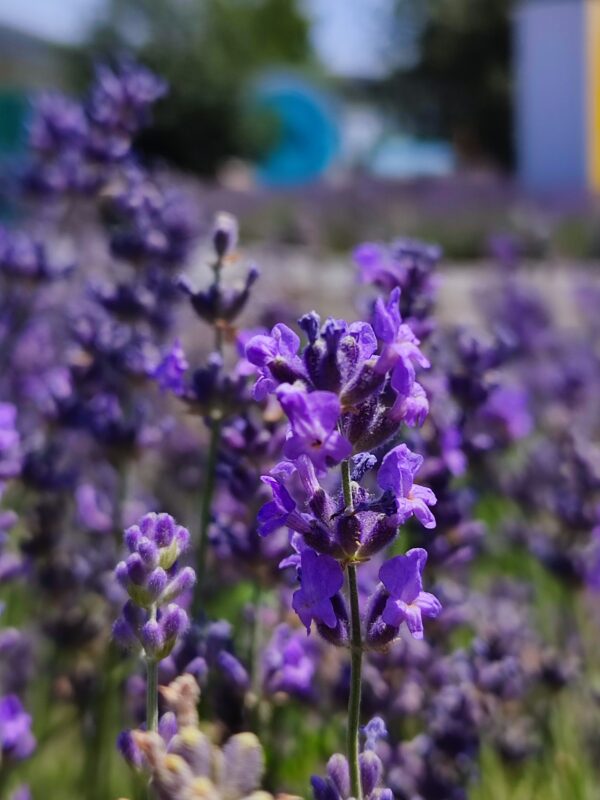
Spanish Lavender, or Lavandula stoechas, boasts a more intense and unique aroma than its English and French counterparts. The scent is often described as spicy and floral, providing a different dimension to the traditional lavender fragrance.
Characteristics:
Height: Typically grows between 1-3 feet.
Flower Color: Dark purple flowers with distinctive bracts that resemble rabbit ears.
Fragrance Profile: Spicy, floral, and herbal.
Uses:
Spanish Lavender is frequently used in potpourri and sachets, where its strong aroma can shine. It’s also a popular choice for ornamental gardening, thanks to its unique flower shape.
Cultivation:
This variety prefers hot, sunny conditions with well-draining soils and thrives in USDA zones 7-10. Spanish Lavender is known for its resilience in drought conditions due to its Mediterranean heritage.
Woolly Lavender (Lavandula lanata)
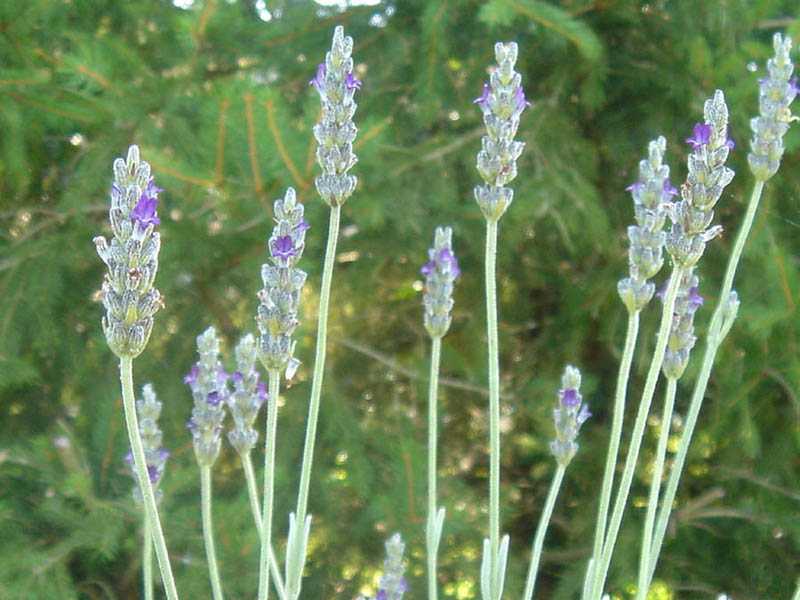
Woolly Lavender, or Lavandula lanata, may not be as commonly known, but this fragrant variety has a special place in the lavender family for its unique aroma. Its scent is richer and warmer than many other lavenders.
Characteristics:
Height: Generally grows to about 2-3 feet.
Flower Color: Pale purple flowers with silvery leaves.
Fragrance Profile: Warm, rich, and earthy.
Uses:
Woolly Lavender is less common in perfumery but can add an intriguing aroma to culinary dishes and herbal remedies. Its essential oil is prized for its anti-inflammatory properties.
Cultivation:
This species flourishes in well-drained soils and needs plenty of sunlight. Woolly Lavender is suitable for USDA zones 7-10, demonstrating a high tolerance for heat but requiring protection from excessive moisture.
Italian Lavender (Lavandula intermedia)
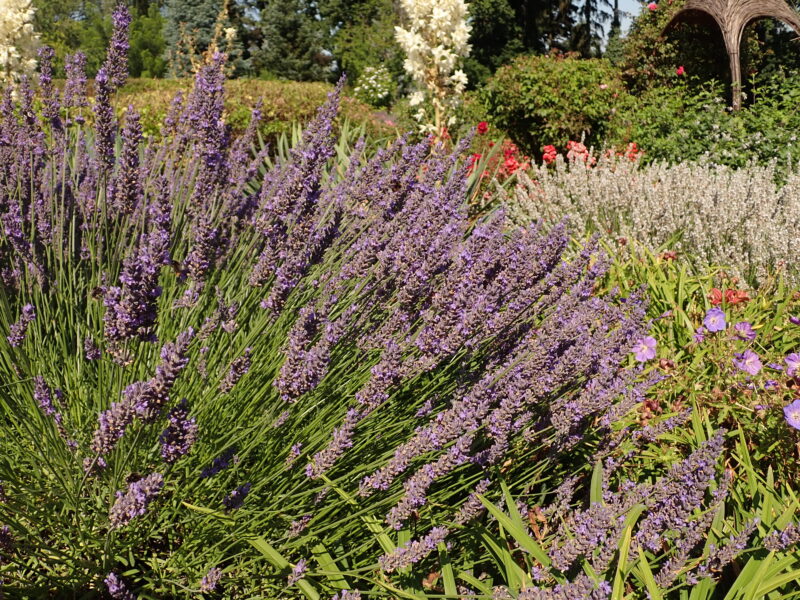
Italian Lavender, or Lavandula intermedia (also known as Lavandin), offers an exceptionally potent aroma, derived from the hybridization of English Lavender and French Lavender. The fragrance is intensely sweet and herbaceous, making it a top choice among lavender enthusiasts.
Characteristics:
Height: Often grows taller than its parents, reaching up to 3 feet.
Flower Color: Deep violet flowers that appear in dense spikes.
Fragrance Profile: Strong, sweet, and herbal.
Uses:
This hybrid is favored in the production of lavender oil due to its high yield and intense fragrance. Lavandin oil is widely used in aromatherapy and body care products, thanks to its uplifting scent.
Cultivation:
Italian Lavender thrives in full sun and prefers well-drained soil types. It is hardy in USDA zones 5-9, and its resilience makes it a popular choice for commercial lavender farms.
Comparative Analysis of Fragrance
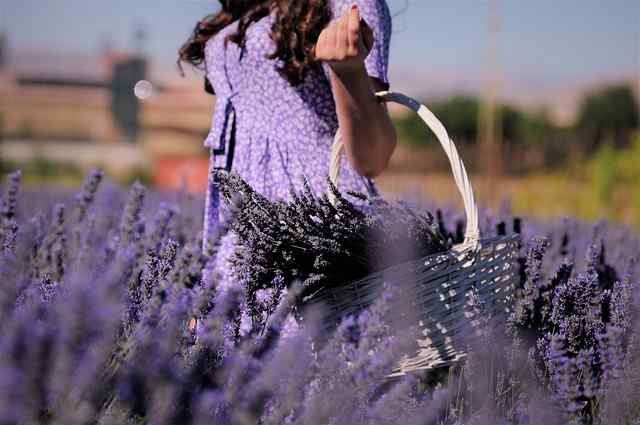
When determining which lavender variety is the most fragrant, it’s essential to consider subjective preferences and specific uses. Here’s a summary of the fragrance characteristics of each species:
English Lavender: Sweet, classic lavender scent; highly sought for essential oil and culinary use.
French Lavender: Herbaceous and slightly pungent; favored in cosmetics and for its aromatic qualities.
Spanish Lavender: Intense, spicy, and floral; distinctively different fragrance, great for potpourri.
Woolly Lavender: Rich and earthy aroma; unique use in culinary dishes and herbal remedies.
Italian Lavender: Potent and sweet; highly valued for essential oil production and its overwhelming fragrance.
In conclusion, if you seek the quintessential lavender scent, English Lavender often holds the title for the most fragrant due to its widespread popularity and classic aroma. However, if you desire something unique, the Spanish or Woolly Lavenders may resonate more with your personal tastes.
Cultivating Your Fragrant Lavender
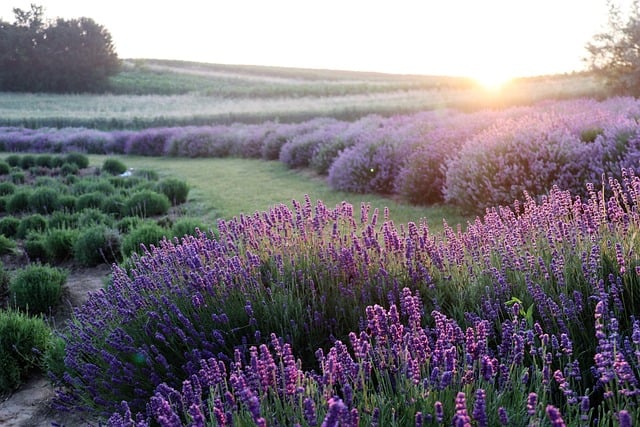
Once you’ve selected the lavender variety that intrigues you the most, you’ll want to ensure you can cultivate it effectively to maximize its fragrance. Here are some essential tips for growing fragrant lavender in your garden:
Soil Requirements
Lavender thrives in well-drained, sandy, or rocky soil. They are prone to root rot in overly moist conditions, so it’s critical that your planting area ensures good drainage. You can enhance drainage by amending your soil with sand or gravel.
Sunlight
Lavender loves the sun! Aim to plant your lavender in a spot that receives at least 6-8 hours of direct sunlight daily. This exposure not only promotes healthy growth but also enhances the development of fragrant oils in the plants.
Watering
While lavender is drought-tolerant, it’s crucial to establish a consistent watering schedule during the first season after planting. Gradually reduce watering frequency as the plants mature, allowing the soil to dry out significantly between waterings.
Pruning and Harvesting
Regular pruning is vital to maintaining the health and fragrance of your lavender. Trim spent flowers and dead stems after blooming, and give your plants a light haircut in the spring to encourage bushy growth and more abundant blooming. Harvest blossoms when the flowers are in full bloom for the most potent fragrance.
Fertilization
Lavender typically doesn’t require heavy fertilization. In fact, too much nitrogen can lead to floppy growth and reduced fragrance. If needed, you can apply a balanced fertilizer in the spring to encourage growth.
Conclusion
Ultimately, the journey to finding the most fragrant lavender comes down to personal preference and intended use. Each variety offers its own charm, aromatic qualities, and potential applications. English Lavender stands out for its traditional fragrance, while Spanish and Italian Lavenders provide unique options for those looking for something different.


